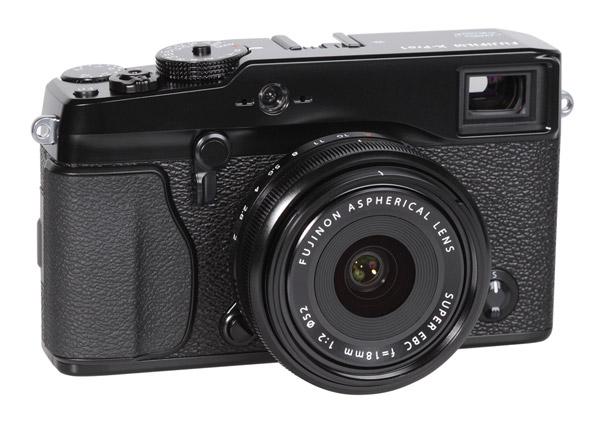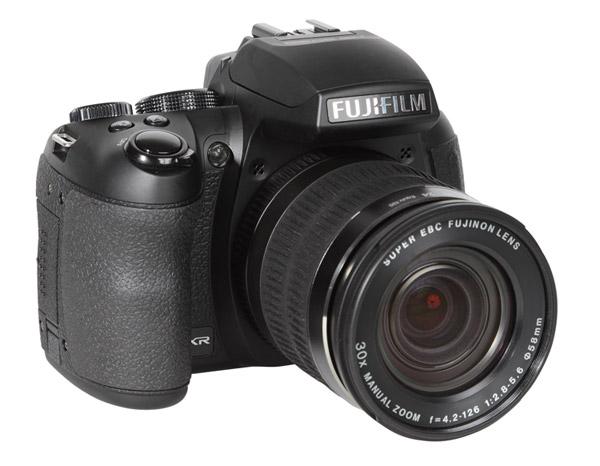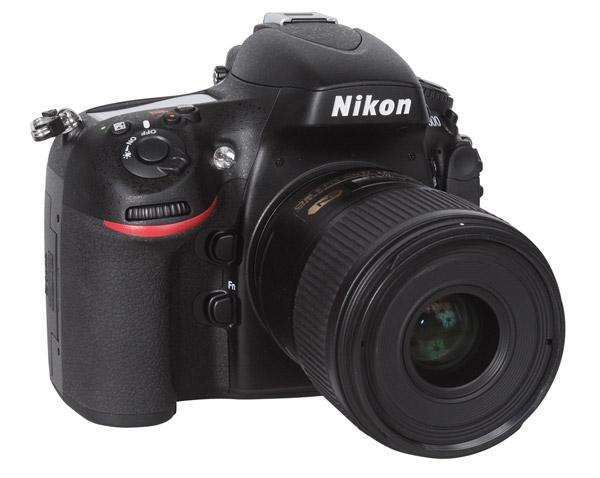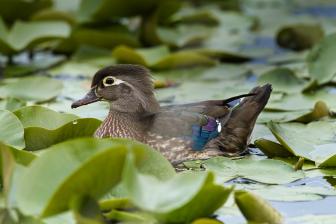Edited by George Schaub
|
Nov 07, 2012 |
First Published: Oct 01, 2012
|
Oct 09, 2012 |
First Published: Sep 01, 2012
|
Sep 13, 2012 |
First Published: Aug 01, 2012
|
Sep 07, 2012 |
First Published: Aug 01, 2012
|
Aug 20, 2012 |
First Published: Jul 01, 2012
|
Aug 10, 2012 |
First Published: Jul 01, 2012
|
Jul 27, 2012
|
Jul 20, 2012 |
First Published: Jun 01, 2012











